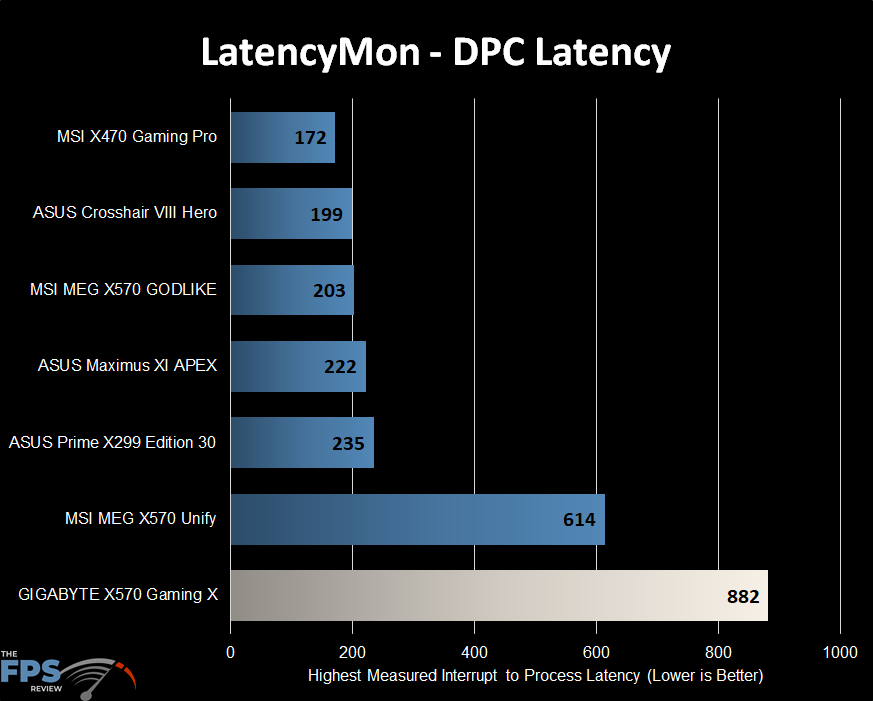Subsystem Testing
For all Subsystem Testing, an AMD Ryzen 9 3900X (3.8GHz / 4.6GHz Boost) and 2x 8GB (16GB total) G.Skill Trident Z Royal (3600MHz DDR4 16-16-16-36, 1T@1.35v) memory modules running at DDR4 3200MHz speeds were used. For power, I used the Corsair RM1000i 1000watt unit. Our discreet graphics card needs were handled by an MSI RTX 2080 Super Gaming X-Trio. The CPU was cooled with a Koolance Exos 2.5 system and Alphacool Eiseblock water block.
Sound Hardware
For the integrated audio, GIGABYTE opted for the Realtek ALC889 HD Audio CODEC. This is a 5.1 channel CODEC rather than the typical 7.1 channel CODECs we are used to seeing. This is a lower end CODEC, which was in use on higher-end motherboards a few years ago. It still features dedicated audio capacitors and PCB isolation for improved sound quality. However, you won’t find any fancy OP-AMPs or anything like that. It’s as bare-bones and basic as it gets with little in the way of licensed or enabled features. It’s unfortunate, but at this price point, you have to expect that.
Audio Specifications
- Realtek® ALC887 codec
- High Definition Audio
- 2/4/5.1-channel
Audio – Subjective Listening
As I said, there is nothing special going on here. Naturally, I didn’t expect much in the way of audio performance. You don’t get as much volume and the sounds aren’t as rich as what I’m used to from using more expensive options. That said, the playback was clear and respectable for what it is. Gamer’s will probably opt for headphones that normally have their own CODECs, so I don’t feel like this cost-cutting on GIGABYTE’s part is a huge deal at this price.
Audio – Subjective Recording / Playback
When it comes to recording, the sample was almost inaudible with the microphone boost option disabled. When enabled, the levels were better, but there was some minor distortion present.
DPC Latency
For those who may not know what DPC is, I’ll explain. Deferred procedure calls are a function within Windows that allows higher priority tasks such as device drivers to defer lower priority tasks for execution at later times. It’s an interrupt and reassignment of sorts performed by the operating system.
DPC latency varies from board model to model and brand to brand. DPC issues show up in the form of audio dropouts and streaming video issues. Naturally, this is something that the enthusiast would want to avoid. I used LatencyMon and let it run for 10 minutes to graph the results. I have compiled a list of several systems I’ve tested over the last year and placed the results in a graph for easy reference.

Ordinarily, there is such a massive range on what’s acceptable, I don’t have that much to say here. While this isn’t the worst board for DPC latency I’ve ever tested, it is one of the worst I’ve seen in recent years. At 882, it’s near the dreaded 1,000u mark, which is where you can start having problems. It never crossed the line, but I had no explanation for why it was this bad either. Normally when I see this, its due to the motherboard manufacturers bundled software or something like that. In this case, disabling Easy Tune or Ryzen Master had no impact on this result.
